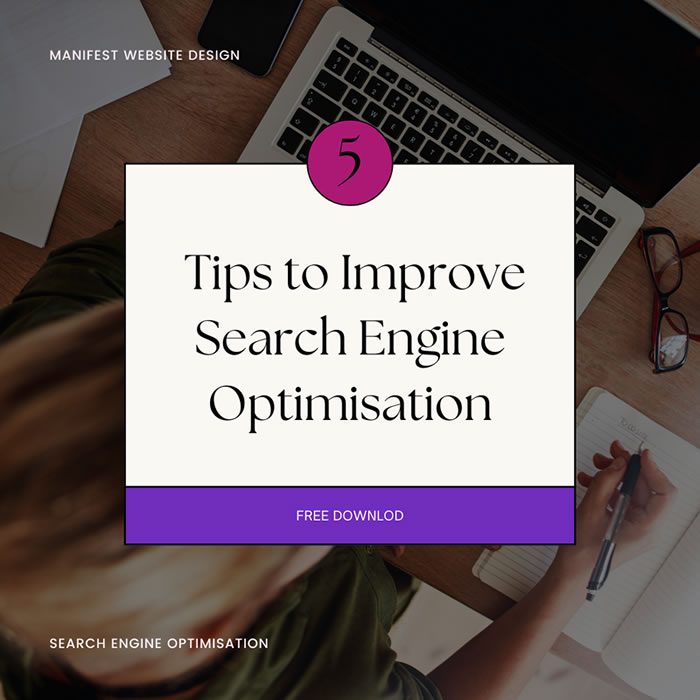7 Reasons Why Your Website Isn’t Showing on Google + Quick Fixes
Published on May 24, 2023
It’s not a nice feeling when you pour your heart and soul into creating your dream website, only to discover it’s not showing up on Google. It’s like shouting into the void – investing time, resources, and energy with no visible return. You’re not alone in this.
This is a common question that perplexes many: Why is my website not showing in Google search? If anything, getting your website on the map, or rather, the Google search results pages, is no small feat. You might not be showing up due to various reasons like your site is too new, there are technical issues, or you have low quality content, among others.
Before Anything Else, Double Check Your Presence on Google Search
First and foremost, verify that your website is missing following these instructions by Google. Once you’ve double checked your site’s status, it’s now time to identify the possible reasons (and actionable strategies) as to why your domain is hidden from the public eye.
Why My Website Is Not Showing In Google Search
1) Your Website Is Hot Off the Press
If your website is new, it will most probably not show up on Google right away. This is perfectly normal. Google’s system of crawling and indexing the internet doesn’t happen instantaneously. It can take anywhere from a few days to a few weeks for a newly launched website to be noticed by search engine crawlers. Patience is a virtue.
Following search engine optimisation (SEO) best practices is key. When you have an SEO-friendly site, as well as high-quality content, you’ll attract the attention of both crawlers and users over time. For starters, focus on local SEO strategies to get more phone calls, foot traffic, and sales for your business.
Quick fix: The indexing process is automatic, but it’s always a good idea to nudge Google in the right direction. Submit your website pages and sitemap to Google’s Search Console. This makes it easier for crawlers to discover your content.
2) A “No Index” Meta Tag Is Blocking Google Search Engine Crawlers
One technical glitch that could be obstructing your website’s visibility is a “no index” meta tag. This tag is an instruction embedded in your website’s code that tells search engine crawlers not to index a particular page. It’s useful for certain pages you don’t want appearing in search results, like a privacy policy or terms and conditions page. However, if applied to the whole site, it could lead to your website being invisible on search engines.
You can use Google’s Search Console to check and remove any “no index” tags on important pages. Go to the ‘Coverage’ report in Search Console to see if any pages are marked as ‘Excluded’. From there, you can inspect each URL to see why Google isn’t indexing it.
If your website is built on a Content Management System (CMS) like WordPress, make sure that the “Discourage search engines from indexing this site” option is not checked under the ‘Reading’ settings.
Quick fix: Inspect your website’s code. If you see a line like “<meta name=’robots’ content=’noindex’>”, it means the “no index” tag is applied. Remove this tag from your website’s code, or update it to “<meta name=’robots’ content=’index’>”. You might need the assistance of a web developer if you’re not comfortable doing it yourself.
3) You’re Not Targeting the Right Keywords
Keywords are the bridge between what users are searching for and the content you provide.
You need to publish content that’s aligned with search intent. You have to make it easy for Google to match your content with user queries. You can use tools like Google Trends, Google’s Keyword Planner, or SEMRush to discover what keywords are popular in your niche.
Once you’ve identified relevant keywords, it’s not enough to just sprinkle them into your content. Google’s algorithms are sophisticated enough to understand the context in which keywords are used. Hence, your content should be tailored around the keywords, providing valuable information that a user searching for that keyword would appreciate.
Avoid keyword stuffing at all costs. Google will know and subsequently penalise your site.
Something we like to say at Manifest Website Design is “Write for humans first, search engines second.”
Quick fix: This involves a two-step approach. First, carry out comprehensive keyword research using the aforementioned tools. Know your customer like the back of your hand. Second, let their search queries guide your content creation process. Publish content that’s engaging, detailed, and adds value to the reader’s life.
4) Google Penalised Your Site
Speaking of penalties, keep in mind that the mission of Google Search is to provide users with the most relevant, high-quality search results. If a website is engaging in practices that are manipulative, deceptive, or damaging to this user experience, Google can choose to penalise it. These practices may include having poor quality content, stuffing content with irrelevant keywords, or participating in link schemes, among others.
If you suspect that a penalty is the reason behind your website’s invisibility on Google, the first place to look is your Google Search Console account. If Google has applied a manual action against your site, you will receive a notification in the Search Console. The message will explain the reason for the penalty and provide suggestions for remediation.
Quick fix: Address the issues identified by Google. If you’ve been penalised due to low-quality content, for example, you’ll need to improve the quality and relevancy of your content. If the penalty is due to unnatural links, remove those links and request a reconsideration from Google.
5) Your Brand Doesn’t Exist Anywhere Else
If your website isn’t appearing on Google, it could be because your brand doesn’t have a strong presence elsewhere on the internet. You’re not sending strong signals to Google about the legitimacy of your business.
Not-so-quick fix: Establish a stronger digital footprint. Make sure that your brand is present and active on relevant social media platforms. This increases your chances of getting valuable backlinks to your site, which also boosts your SEO.
Related articles:
Best Ecommerce Platforms For SEO (2023)
Need Great SEO Service in Australia?
6) Slow Load Speed
Page loading speed is a ranking factor for both desktop and mobile searches. If your website loads slowly, it might not appear in Google search results, or it may rank very low.
Users expect pages to load in two seconds or less. If your website takes longer to load, users are likely to abandon it, leading to higher bounce rates, which Google takes as a negative signal.
Improving your site’s speed is not a one-time task. Regularly monitor your site’s performance and make necessary adjustments to ensure your site remains fast and user-friendly.
Quick fix: Test your website’s load speed using tools like Google’s PageSpeed Insights or GTmetrix. These tools provide insights into what may be slowing down your website and offer suggestions for improvement. Common issues might include unoptimized images, excessive use of JavaScript, or a large number of HTTP requests.
7) Duplicate Content
Duplicate content refers to substantial blocks of content within or across domains that completely match other content or are appreciably similar.
Google wants diverse and unique content in its search results. If your site contains a significant amount of duplicated content, Google’s algorithms may have a hard time determining which pages are original and relevant to a search query. Consequently, your site may suffer reduced rankings, or worse, it may not be shown in search results at all.
Quick fix: Do a comprehensive audit of your website content. Make sure that each page on your website offers unique value. If you’re interested, we offer free SEO site audits at Manifest Website Design.
Related articles:
How to Write Great SEO Content
Is Digital Marketing a Good Career?
Let’s Show Up on Google Search Together
There are many possible reasons why your website might not be showing up on Google, ranging from technical issues like “no index” tags to content-related problems such as targeting the wrong keywords or duplicating content.
Fixing these problems may seem like an uphill task, especially if you’re new to the digital space or simply focused on your business operations. This is where we come in. Manifest Website Design offers digital marketing solutions that aren’t just about making your website look good, but also stand out in a sea of search results. Let’s put your website on the map today.
P.S. We offer free SEO audits – just let us know what you want to know about your website!
JILLIAN BRANDON
About the Author
Jillian has over 30 years of experience in technology, programming, and digital marketing. Her work with the stock exchange in Australia, as well as other large corporations, has given her invaluable business expertise.
At Manifest Website Design, she helps goal-driven entrepreneurs build their business, regardless of size and industry, using the power of the internet. She’ll walk alongside you every step of the way, making sure that your website is running smoothly, and most importantly, generating leads. Connect with her on LinkedIn.





